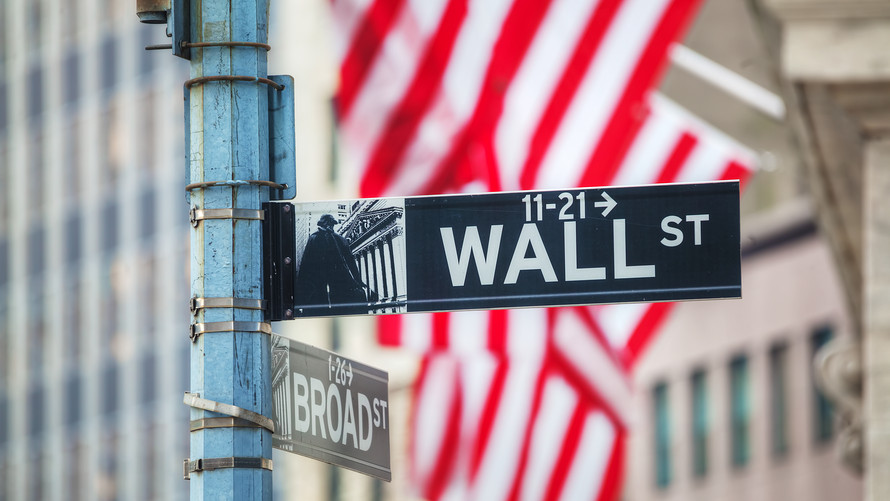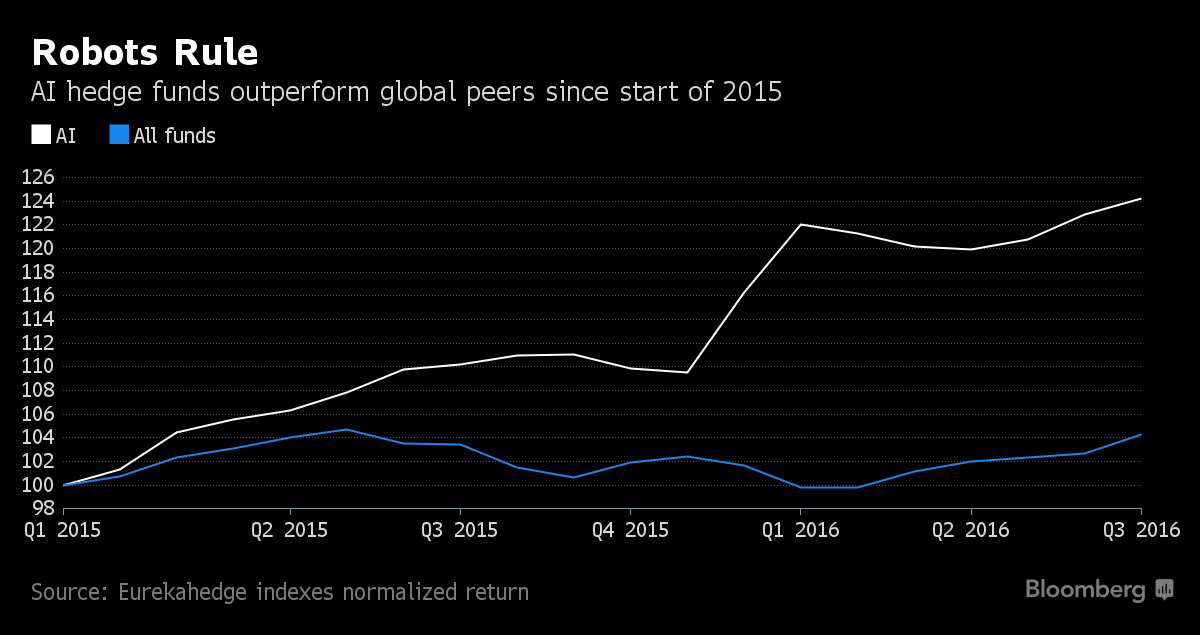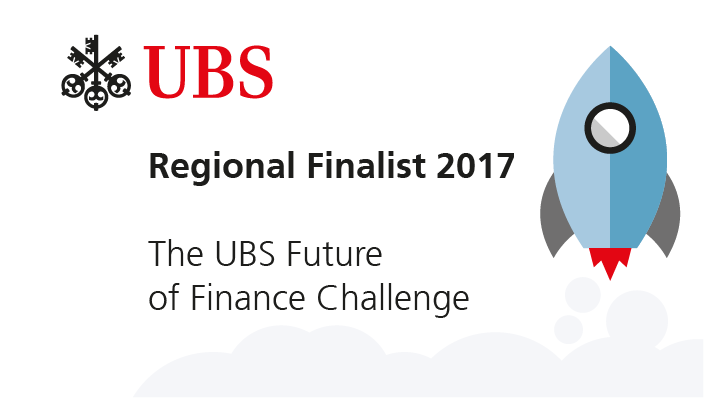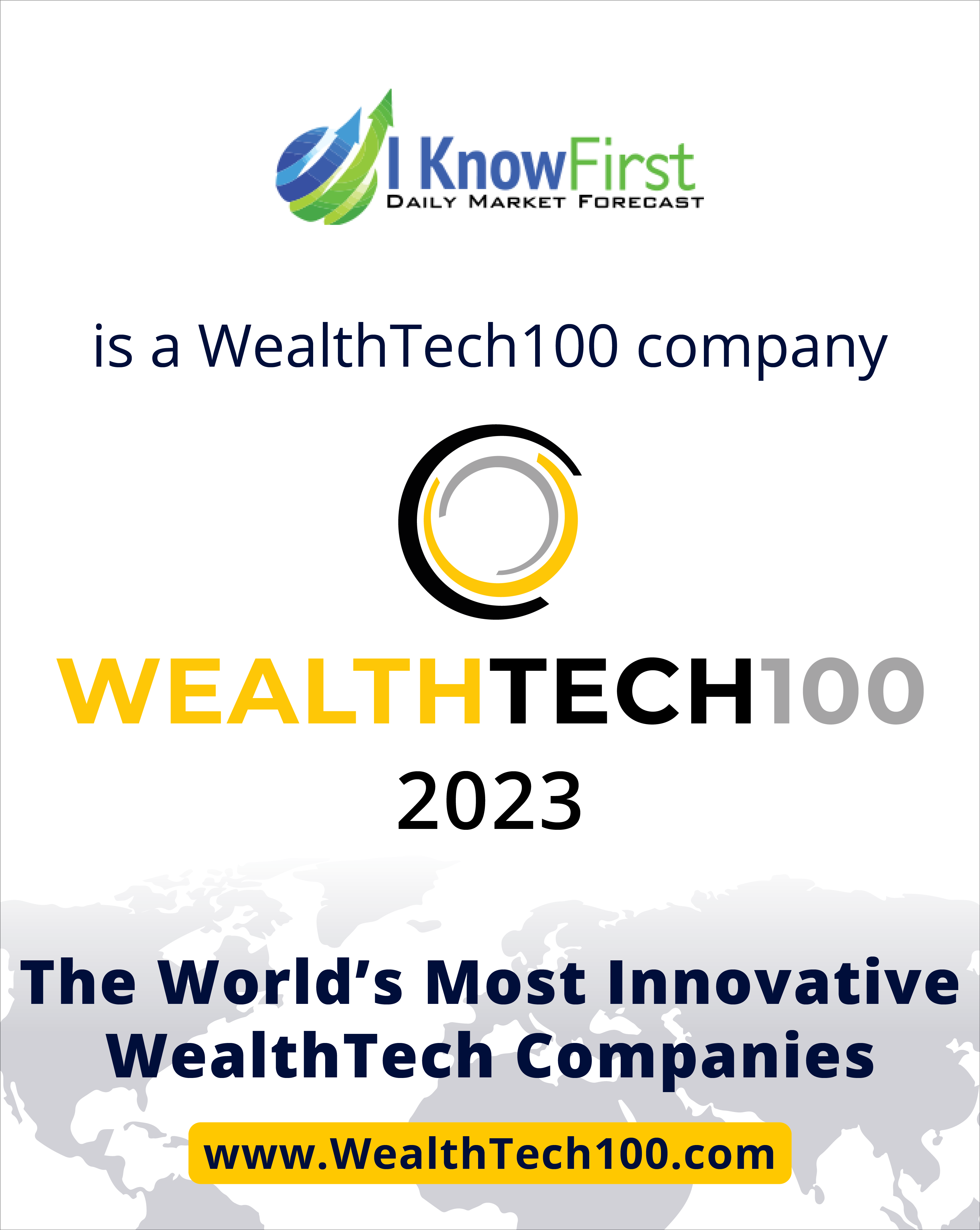Algorithmic Trading: Asian Markets, Big Banks Out, High Frequency Trading In
 The article was written by Blair Goldenberg, a Financial Analyst at I Know First, and enrolled in a Masters of Finance at Colorado State University.
The article was written by Blair Goldenberg, a Financial Analyst at I Know First, and enrolled in a Masters of Finance at Colorado State University.
Algorithmic Trading
Asian Markets, Big Banks Out, High Frequency Trading In
Summary
- Background
- High Frequency Trading in Asia
- Asian Finance Employment
- Research in Japan
- Risks of High Frequency Trading
- I Know First, High Frequency Trading, and Asian Markets
Background
HFT refers to a system of trading in which an algorithm analyzes many different markets at the same time with a powerful computer at an extremely fast pace. The shift to HFT began because incentives were offered to companies that added liquidity to their market, which ultimately became the benefit of HFT. Now, because of the shift, HFT companies are seeing higher and quicker returns due to the extreme pace of the algorithm and the quicker execution of trades based on market conditions. Existing traditional Investment companies can no longer compete because of their slower rate of trading along with their human error component.
High Frequency Trading in Asia
When a young student, such as myself, wants to enter into the realm of finance, the dream is to work for a large investment bank such as Goldman Sachs. This isn’t the case anymore and certainly not in the Asian markets. Investment banks are becoming a thing of the past in the Asian financial market and are being replaced by High Frequency Trading (HFT). American companies such as DRW, Virtu Financial Inc. and Jump Trading LLC are moving to the area to find new employees and existing companies such as Grasshopper Pte and Eclipse Trading are going to start expanding. Banks such as Morgan Stanley, Barclays Plc and Macquarie Group Ltd. are closing their trading desks in Asia because of the shift.
Asian Finance Employment
Jobs in Asia in the finance world are being cut by the traditional Investment banks. Since the major American banks are moving out of the country, they’ve laid off employees or asked for them to take unpaid leave so that the company can save money. This is happening as trading is becoming dominated by computerization. The HFT trend in Asia is actually proving to be a blessing for these laid off workers because they’re now being hired into these emerging companies. These HFT companies are also looking to hire students once they graduate. These students need no degree or experience in finance to work at the HFT companies. Essentially, HFT companies are pushing out the banks that cause unemployment in finance and bringing about more jobs to people in and out of the specialization.
Research in Japan
Currently, in Japan, GCI Asset Management Inc., one of Japan’s top performing quantitative hedge fund is opening a research facility in Kyoto. The purpose of the research facility is to bring artificial intelligence and big data together, much like our own purpose at I Know First. This technique; however, is actually rare in Japan, making GCI one of the first companies to research and develop a product such as our own. Simplex Asset Management, recently released its first fund that trades depending on results released by a self-learning algorithm.
GCI will house two groups in their research project. One of which will consist of 10 professionals who have already completed a course in automated trading. Their purpose is to generate and program models for investment with top algorithmic traders. The second group will consist of students who will work closely with their professors chosen from top Universities in Japan, they will also generate and program investment models. It’s somewhat of a competition because the team that has a model with the most potential will receive seed capital from GCI.
Risks of High Frequency Trading
As states above, HFT involves thousands of markets, within those markets, HFT places bets on thousands of orders at an immensely quick speed. The entire purpose of making thousands of trades in such a short time isn’t to make large sums of money from each order, but to make small amounts from each trade that ends up yielding a large sum, unlike traditional trading that expects to create funds in the long-term. One of the biggest risks that HFT brings is amplification of systematic risk. All financial markets around the world are linked because of globalization and because of this, HFT in the United States can send shocks so rapidly through the market that systematic risk is heightened. The Flash Crash of 2010 is the perfect example of this phenomena. Because of this fact, HFT causes more volatility in the market which can lead to extreme losses and because of this fact, HFT is questionable ethically.
I Know First, High Frequency Trading, and Asian Markets
HFT itself is not a smart system, and as Dr. Roitman said, “does not postulate any real valuable insight for investors, as it only blindly follows short-term trends.” I Know First is a useful tool that can be used in Asian markets, as well as any other market, to help companies that use HFT. Combining a self-learning AI trading method and HFT would make trading as efficient as it can ever get. To learn about how our algorithm works, click here. Not only can we customize forecast options for the Asian market, once customized, our algorithm can essentially guide HFT investors to the best assets to trade, thus increasing yield on each return.
Conclusion
High Frequency Trading is now dominating the financial market. There are many positives to HFT, such as increasing employment and increasing returns, but there are also extreme negatives that cause the market to crash because of the pace at which HFT is trading. As we move into the era of technology, HFT will phase out traditional forms of investing and eventually it will become the norm. This fact make actually help stabilize the risks because of the uniformity of trading.















